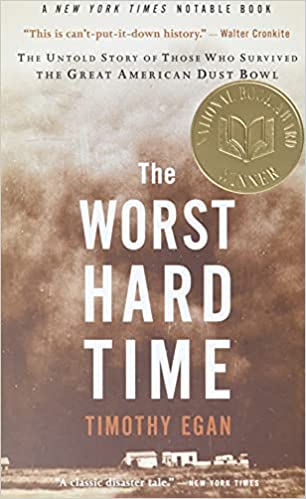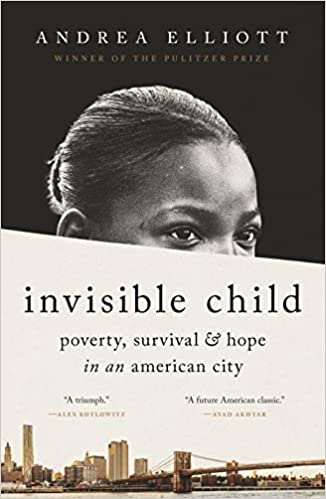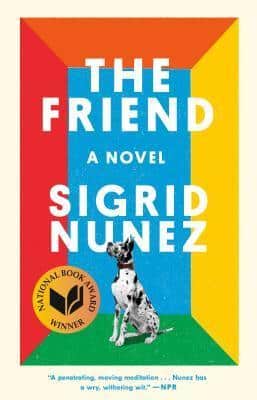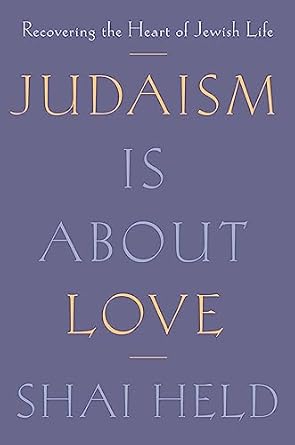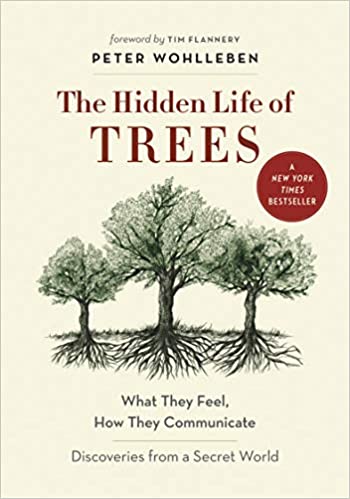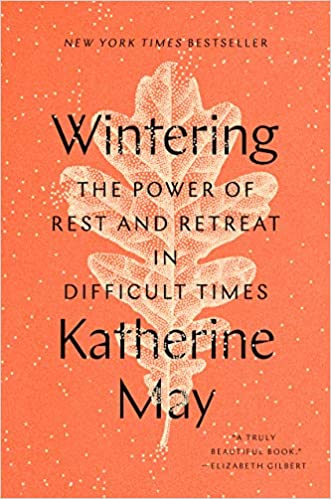Home Alone in the Burg
Estimated reading time: 14 minutes, 24 seconds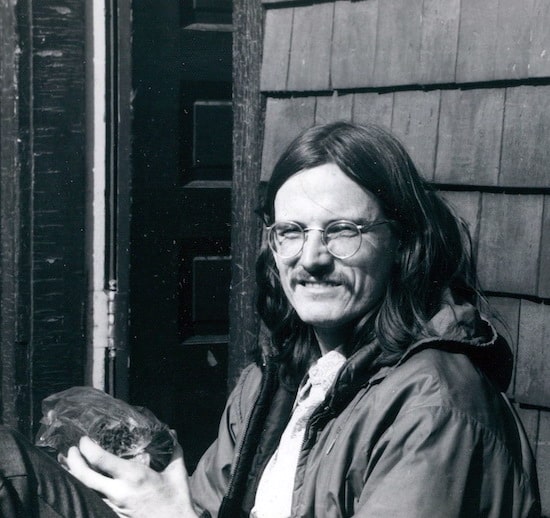
Why Did Jan Invite Me?
I said it was bitter cold,” I said as we stood on Grand Street in front of our building. The wind blew with gale force strength down Grand Street. The temperature, without the wind chill, was in the low teens. It was not as cold as when I walked Karen and Bob’s German Shepard earlier in the evening. “Should we take the train from Lorimer?”
“Grand Street is better as their is a liquor store by the entrance,” Mark declared.
Despite the bone-chilling wind, the four of us went toward the Grand Street subway entrance. If Jan had not personally, albeit indirectly, invited me to attend, I am not sure we would have subjected ourselves to the bitter weather.
Mark and Kathy went into the liquor store at the corner of Grand and Bushwick, fifty feet from the subway entrance for the Lazy L train.
They walked out with two bags.
“Should I call to make sure the party is still happening,” I asked.
Kathy, Becky, Mark, and Barbara laughed loudly.
The party will not be over, and we will arrive in time,” said Becky. “It sounds like you are afraid you might get lucky….”
Everyone laughed. Even suited up for the cold, I blushed.
“Let me just call…,” I said.
“Let’s get out of the wind. Once we are in the station, you can call,” said Mark.
For two weeks, I had been getting messages from Roy that Jan wanted me to attend. He said it was OK if my co-workers joined me, but he stressed that Jan wanted me to be there. He reminded me that Jan and I had met at the VISTA training last December that he attended. I remember meeting several people as I did a presentation on life as a VISTA.
I strongly connected with Jan and gave her my phone number and address. She had never called me. If I had not had an imaginary girlfriend, I would have done whatever I needed to see her.
I pulled a scrap of paper from my pocket with Jan’s phone number that Roy had given me on Friday. I dialed, and a woman’s voice answered. Could this be Jan?
“There is a group of us about to leave Williamsburg,” I said into the phone. “We wanted to make sure the party is still ….”
“Yes, it is!” the woman responds. “Is this Richard?”
Confirming my identity, I hoped the voice was Jan’s.
“This is Stern, Jan’s roommate. I will let her know you are on your way. She has been worried you had decided not to attend. You know she wants to see you?”
I responded yes and that we would be there by midnight. At least now I know I knew Jan wanted me at her party. But why does she want me to attend her party?
The train pulled into the station, so I said bye, and we boarded the Lazy L. The car was almost empty. My friends begin to sing in unison.
“Richard’s going to get lucky tonight, lucky tonight….”
I moved to another part of the car and then into another car, but they kept singing until we got to 8th Avenue to switch to the A train.
As we walked through the maze of tunnels to the A train, I wanted to tell them that getting lucky tonight or any night has never been my goal. If I had wanted to get lucky, there would have been dozens and dozens of opportunities that I chose not to pursue. I am not looking for lust but love.
Granted, one of the reasons I avoided getting lucky was that I was in love with someone who had broken up with me almost two years ago. I had only accepted it was over at the beginning of September.
Life is good, but it is never simple.
When we reached the platform, we saw the uptown A train’s lights recede from us. They found a bench that is large enough for the four of them. I paced up and down the platform.
My mind raced faster than the Concorde. Had Jan invited me to the party because she wanted to get lucky with me? Not likely. I could not imagine why anyone would ask me to a party in hopes of ending up in bed with me!
Of course, a few people said I looked a little like John Lennon with my long hair and wire-rimmed glasses. The operative word was only a little like him. No one would confuse me with Lennon.
Of course, there was a photo of me sitting in Central Park in my sandals and handmade poncho. The mid-western mom and her kids thought I looked like Jesus.
So, what does Jan see in me? She certainly would not be counting on me for a good time tonight if she knew how little experience – next to none – that I had with women.
The train arrived, and we boarded the car. I worked my way to the front car, and my friends followed me. I stand and look out the window of the locked door. I always do this when I can, as I enjoy watching the subway as it finds its way through the dark tunnel.
Why had Jan invited me to her party? Could it be that she was looking for love? My mind tossed out reasons why that could not be possible, but there was no other reason that made any sense.
I would have called Jan if Roy had shared her number earlier. Instead, I did not have it until Friday. But what would I have said?
The A train stops at 168th street, and we have only one stop left.
I start to focus on the lights in the tunnel and wonder what the answer from Jan will be when we arrive at the party.
The sounds of the subway and my friends go silent. All I can hear are my thoughts. My breathing slowed, and my body entered a calm and serene state.
There is nothing I can do now but wait.
It no longer matters why Jan invited me.
All I can do is wait and see if she notices I am there.
If the invite was not specific to me, there is nothing I can do.
If Jan has a boyfriend, I will be OK.
But if she is happy to see me, what will I do?
Let it be, let it be, let it be, yeah, let it be
Let it be, The Beatles
Oh, there will be an answer, let it be
Let it be, let it be, let it be, yeah, let it be
Oh, there will be an answer, let it be
Let it be, let it be, let it be, yeah, let it be
Whisper words of wisdom, let it be
The Jan Lilien Education Fund sponsors ongoing sustainability and environmental awareness programs. All donations are tax-deductible.

This work is licensed under a Creative Commons Attribution-NonCommercial 4.0 International License.
After almost 48 years, I recently lost my wife, Jan Lilien. Like The Little Prince, Jan and I believed that “The most beautiful things in the world cannot be seen or touched, they are felt with the heart.” This blog is a collection of my random thoughts on love, grief, life, and all things considered.


